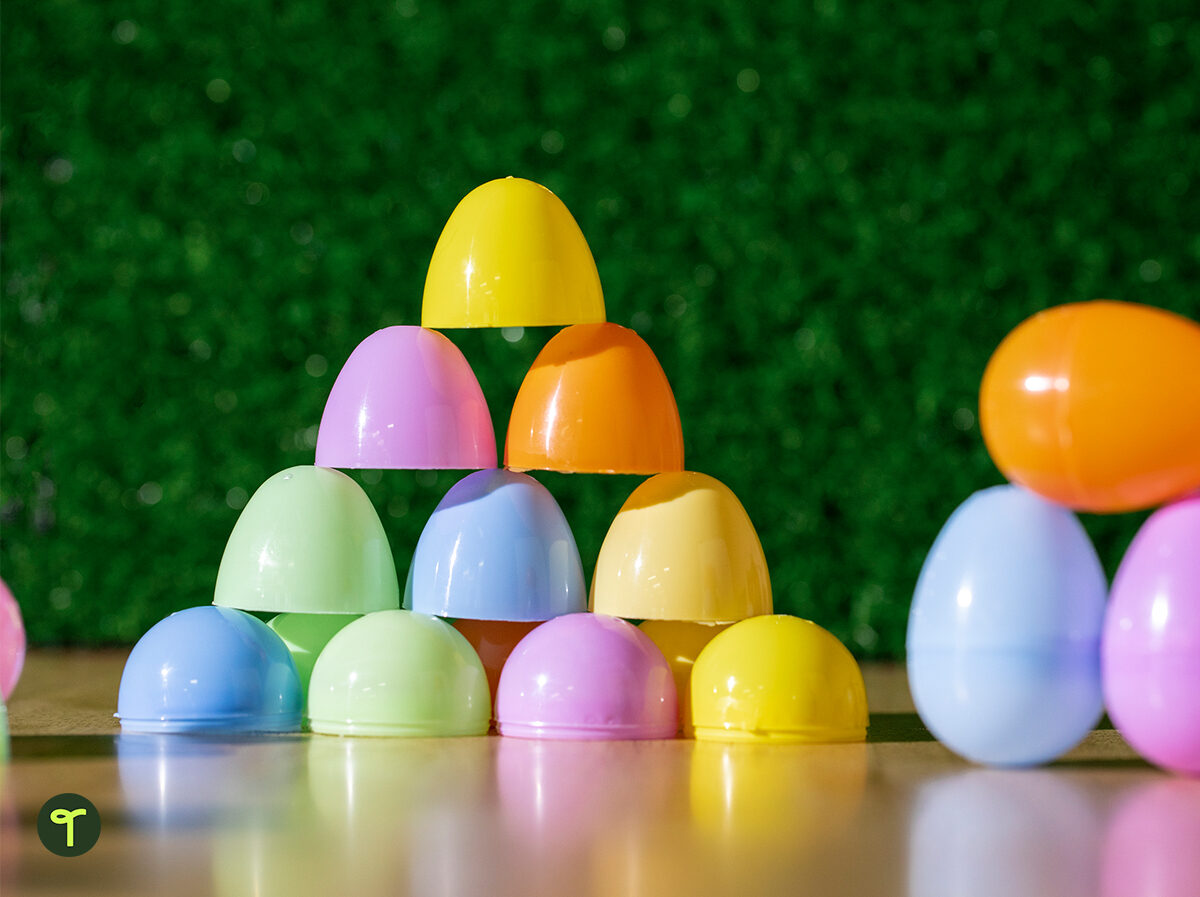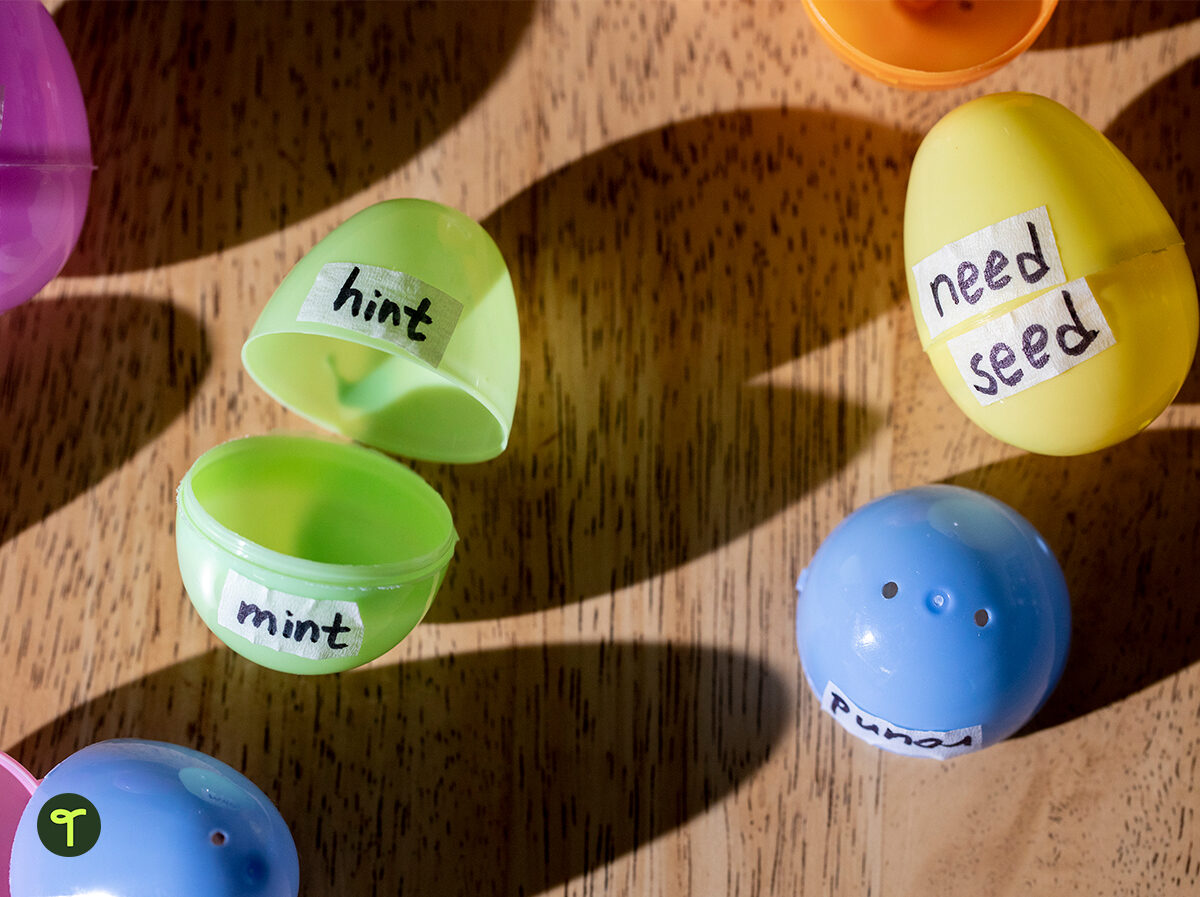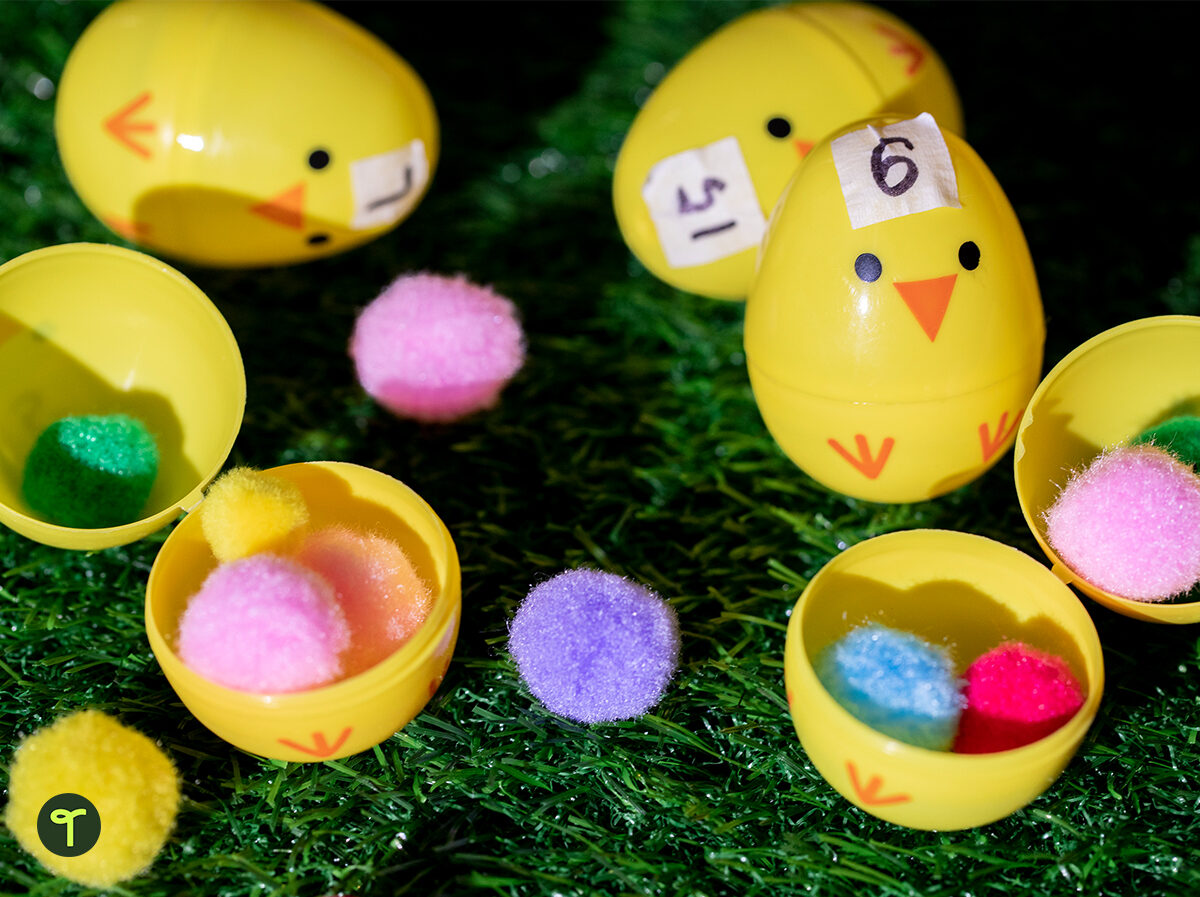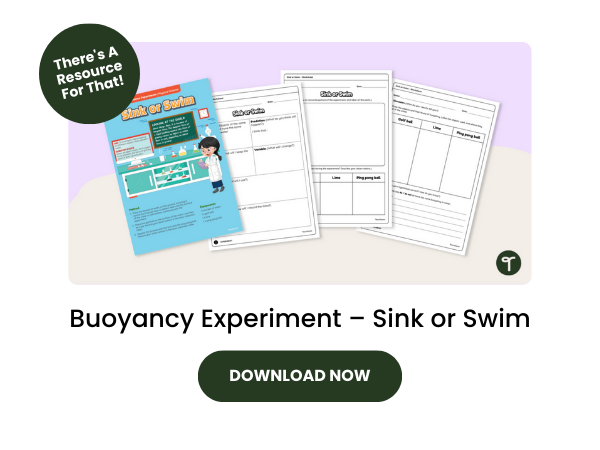Looking for new ways to use plastic Easter egg activities in your spring lesson plans? You’ve hopped on over to the right place!
If there’s one thing the dollar stores are filled with around Easter, it’s plastic eggs. With that in mind, the Teach Starter teacher team has been percolating ideas for the perfect plastic egg activities — from using the fillable eggs to practice phonics to brushing up on math facts to even some STEM challenges.
Read on for fun ways to use these ubiquitous holiday items in math, ELA and plenty more. We’ve even included some printable ideas you can pair with your plastic Easter egg activities to fill out your lesson planning.
Plastic Easter Egg Ideas for ELA Teachers
Match the Eggs
Grab the fine point markers and your plastic Easter eggs, because we’re going to start with matching activities to hone those language skills.
For each of these, you’ll write one thing on the top of the egg and another thing on the bottom. Students then match them together!
- Onset and rime of CVC words
- Word families
- Contracted word and expanded version
- Synonyms and antonyms
- Uppercase letters and matching
- Vocabulary words and definitions
- Rhyming words
- Blends and pictures of images that begin with those blends (Not up for drawing? Print out L Blends, S Blends, and more, then use glue dots!)
- Words and numbers of syllables
- Compound words (e.g. lady and bug to make ladybug)
Play Egg Verb Charades
Add an action element to your Easter egg ideas if you’re working on verbs! Fill each egg with a verb. Students open their eggs, and they act out the word in a game of charades, with their classmates guessing the correct action word!
Fill Your Fillable Eggs With Writing Prompts
Make writing centers into “egg-cellent” adventures by slipping narrative starters into your plastic Easter eggs and letting students pick at random! Once again, this activity can be run as a traditional egg hunt with students finding eggs, or you can fill a basket with the different eggs for students to choose from. When they open up their eggs, they have a fresh starter to get to work on their narrative writing.
Plastic Egg Activities for Math Teachers
Make Egg Match a Math Activity
You can do plenty of matching games with Easter eggs and numbers too. Give these a try:
- Equation and solution
- Capacity (e.g. 1 gallon and 16 cups)
- Decimal and pictorial model
- Decimal and fraction
- Equivalent fractions
- Digital and analog times
Fill Eggs for a Math Challenge
For younger students, write a number on each egg and provide them with manipulatives they can use to fill the egg with the correct number of items. This can easily be altered if you’re teaching about currency by writing an amount of money on each egg and having students fill them with plastic coins to make exact change.
Roll Eggs to Practice Distance Measurement
The folks at the White House don’t have to be the only ones having Easter egg roll fun! This plastic Easter egg idea will require a bit of space, and you’ll need to pull out a measuring tape as well as some masking tape to mark off the starting line and finish line for their eggs. The goal of the game? See who can roll their egg the farthest!
Extend the activity by directing students to convert their measurements from inches to centimeters or feet to yards. You can also add a STEM element by encouraging students to add items to their eggs, predicting what sorts of items will make the egg roll farther or weigh it down.
Plastic Egg Ideas for STEM
Get kids thinking outside the … egg … with these STEM Easter egg ideas.
Test Filled Eggs to Determine What Will Float (or Not)
Why not demonstrate the concepts of buoyancy and density with an Easter egg float or sink challenge?
Show a simple demonstration with a plastic egg filled with nothing but air and another filled with a heavy material such as small stones. Discuss the differences in their behavior in water.
Break students into groups, and provide each group with plastic Easter eggs and various materials of varying weights, such as small stones, dice, coins, feathers, jellybeans, mini marshmallows and more. Ask each group to predict whether their eggs will sink or float if they are filled with the available items, and record their predictions.
Challenge students to then experiment by filling their eggs with various items, and testing whether the full eggs sink or float in a bowl of water. Students should record the results of each test.
When your class has come back together, you can ask representatives of each group to explain why certain eggs sank while others floated.
Try more buoyancy fun with our Sink or Swim experiment!
Build Egg Towers
Hand out plastic eggs, and challenge your students to create the tallest tower of egg “shells” to build their design thinking and engineering skills. Before building their towers, students should follow through on the parts of the scientific method, making a prediction of what they think will happen and describing how they plan to build their tower and why.
Challenge them to use other items in the classroom — for example, can you make it taller or a different design by using playdough or sticky tack? Grab a design your own experiment template to help kids prepare or a science recording template to write down notes as they build their towers!

After towers are built (and many come crashing down!), have your students follow up by writing down their observations and describing what went right or wrong!












Comments